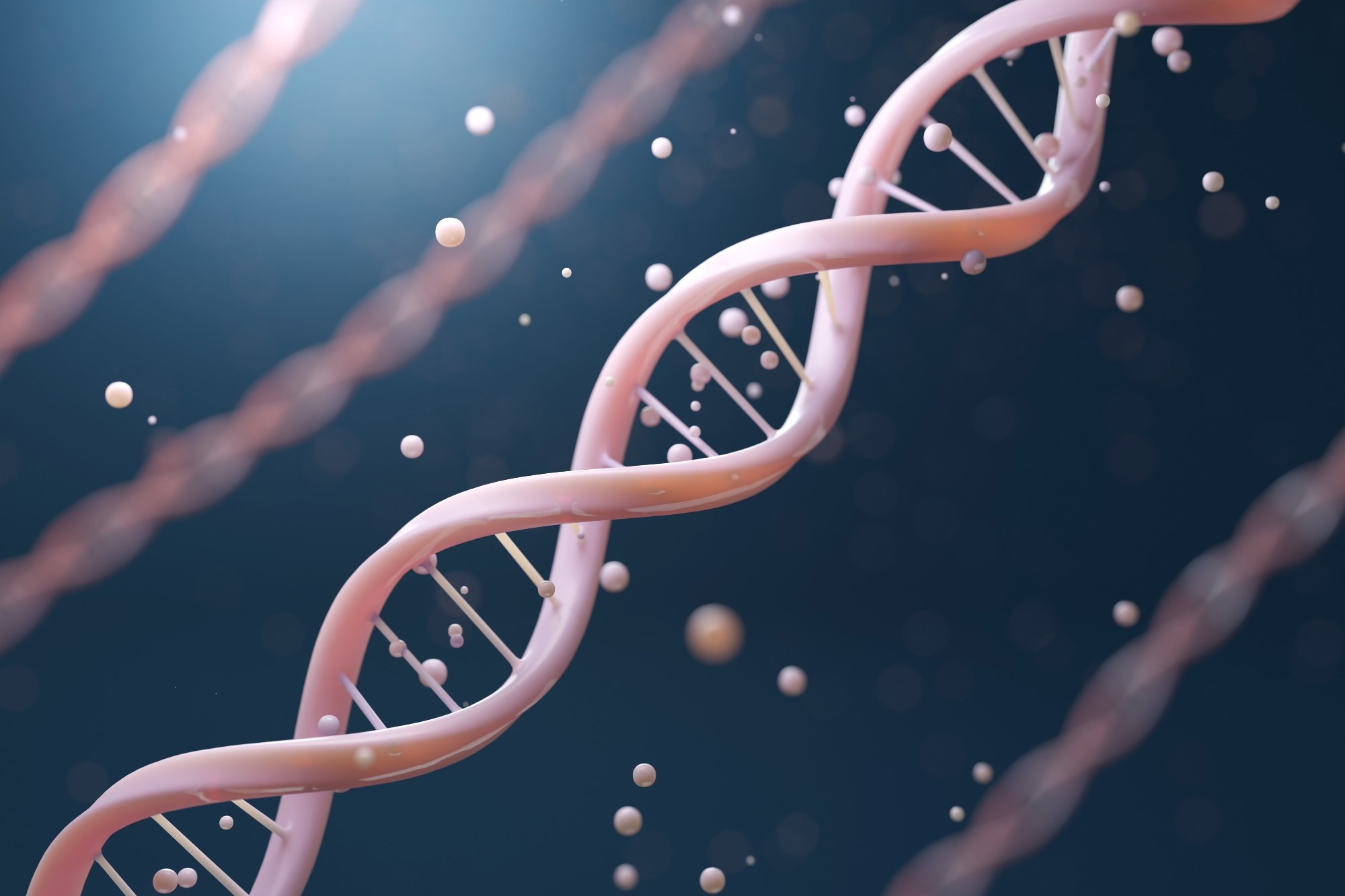Reviewed by Lauren HardakerAug 25 2025
The non-coding genome, once referred to as "junk DNA," is now understood to be a fundamental regulator of gene expression and a key factor in understanding complex diseases.

Image credit: Piyaset/Shutterstock.com
Following the landmark achievements of the Human Genome Project (HGP), scientists have increasingly focused on the non-coding regions of the human genome, which make up about 98% of the genetic material. Once disregarded because they do not code for proteins, these regions are now recognized as containing regulatory elements essential for cell function and disease progression.
The realization that non-coding DNA plays a crucial role in gene regulation has transformed how scientists understand the architecture of the genome. Rather than being mere bystanders, these regions are now known to actively participate in controlling gene expression.
Through integrative approaches that combine genomics, epigenomics, transcriptomics, and proteomics, researchers have discovered that non-coding regions work through a network of promoters, enhancers, and chromatin modifications. These elements contribute to the three-dimensional organization of the genome, enabling long-range interactions that regulate cellular function.
Advances in next-generation sequencing (NGS) have been crucial for uncovering the regulatory potential of the non-coding genome. These high-throughput techniques have provided a detailed view of its functions.
Specific methods like ChIP-seq, ATAC-seq, and RNA-seq have enabled researchers to identify transcription factor binding sites, open chromatin regions, and non-coding RNA (ncRNA) transcripts.
Additionally, methods such as chromosome conformation capture (3C) and Hi-C have provided insights into chromatin architecture, revealing the spatial relationships and long-range interactions between enhancers and promoters.
A major breakthrough is the understanding that non-coding variants can contribute to disease. Mutations in non-coding regions like enhancers, promoters, and regulatory RNAs can disrupt gene expression, leading to genetic disorders and cancers.
For example, mutations in the enhancer elements of the SNCA gene are linked to Parkinson's disease, while alterations in the TERT promoter are associated with cancer progression. The study highlights how essential non-coding DNA is for maintaining genomic stability and preventing disease.
Recognizing the regulatory significance of non-coding DNA marks a major shift in genomic medicine. As scientists advance in mapping the regulatory landscape, the promise of precision medicine is becoming clearer. Targeting non-coding elements linked to disease could enable the development of customized treatments that tackle the underlying causes of gene dysregulation.
Source:
Journal reference:
Ruffo, P., et al. (2025) Unveiling the regulatory potential of the non-coding genome: Insights from the human genome project to precision medicine. Genes & Diseases. doi.org/10.1016/j.gendis.2025.101652.